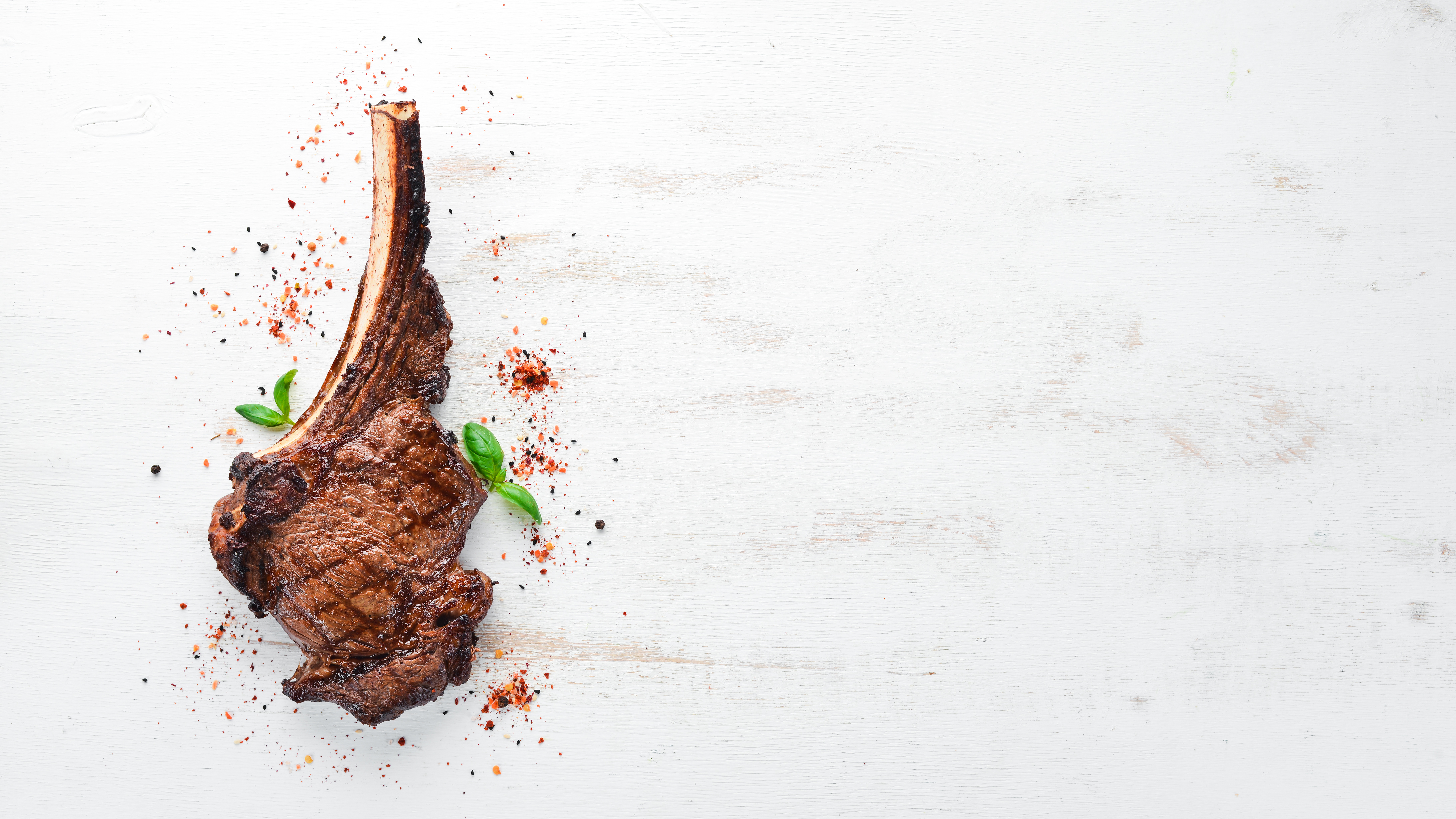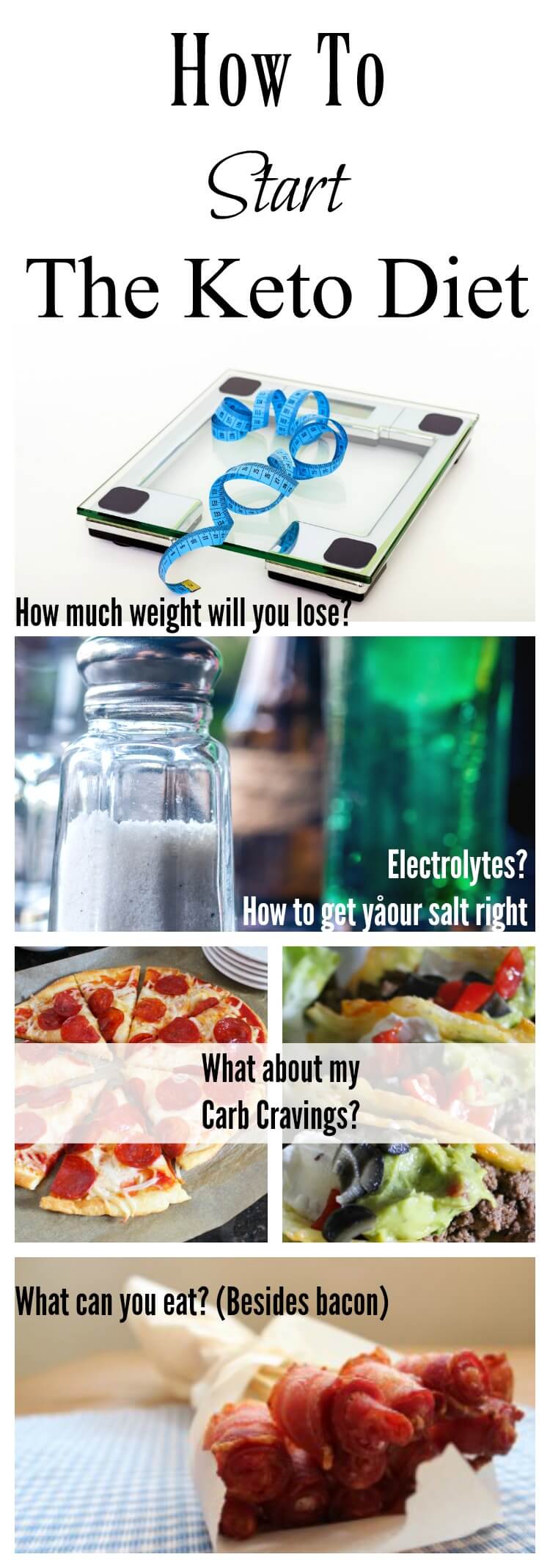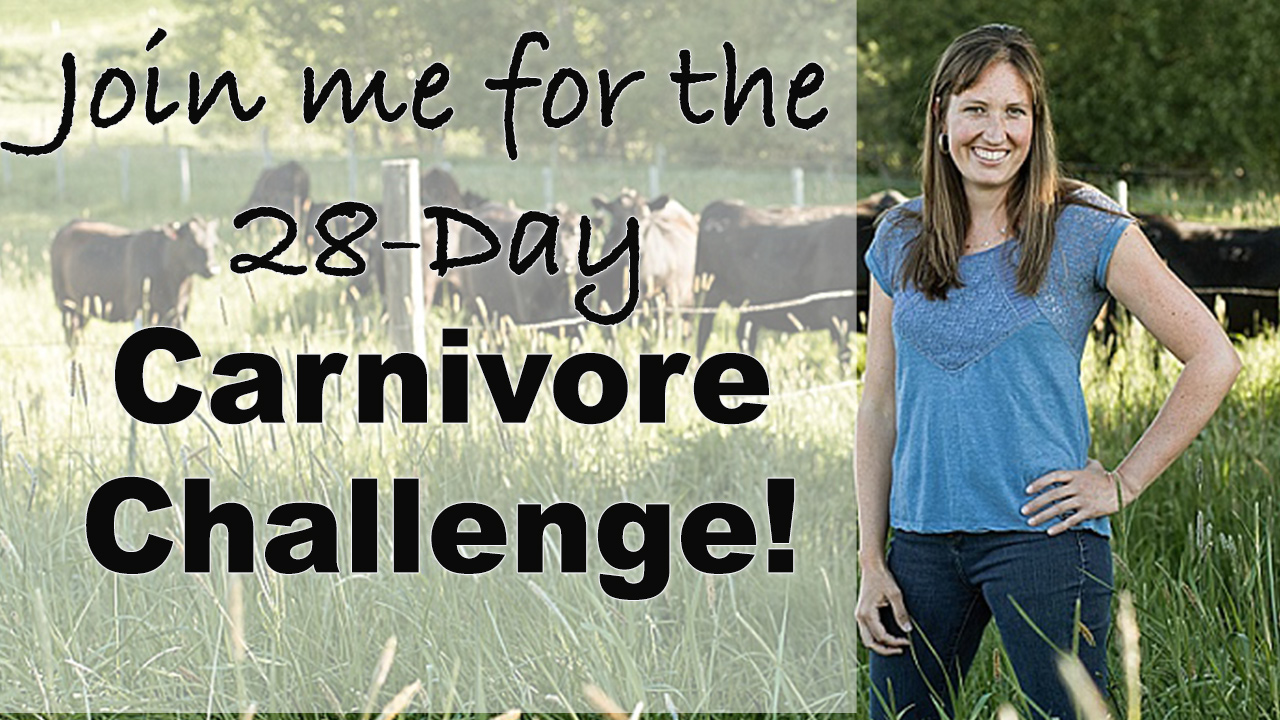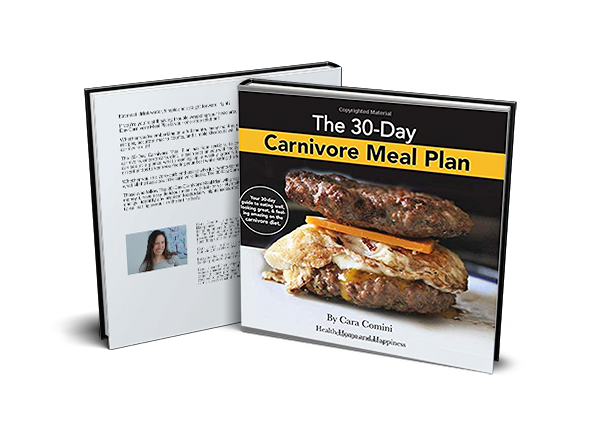Trendy, incredibly simple, and intriguing, the carnivore diet is increasing in popularity rapidly. However simple it is, there are considerations to take to make the transition onto the carnivore diet successful.
If you’re serious about starting the carnivore diet and seeing results, join our Carnivore Training Wheels Class where we walk step-by-step through the first 10 days of your carnivore diet. Daily lessons include encouragement, steps to stay on track, recipe videos to show you how to cook meat, and a comprehensive menu plan to give you a solid foundation for rapid results.
The Carnivore Diet from a Carbohydrate-Based Diet
The majority of people in industrialized countries are carbohydrate-based. This means that they get most of their energy and power their brain with glucose, which they derive from carbohydrates.
If you follow one of these diets, your transition to carnivore takes an extra step to be less difficult. We’ll talk about that in a minute.
- Standard American diet, whether you’re following the food pyramid or eating the ‘standard’ of way too much junk food.
- Paleo or primal diets, if you are including fruit, honey, and/or sweet potatoes.
- Gluten-free diet
- Dairy-free diet
- Vegetarian and vegan diets
- Any other diet that includes at least one serving of fruit, sugar or natural sweetener, or grains each day.
If you are a ‘carb burner’ and currently eating more than 30ish grams of carbohydrate a day, you can decide between these two options for starting the carnivore diet:
1. Go immediately on the carnivore diet, and deal with a rough 6 weeks but at the end of the 6 weeks you’ll be fully adapted to carnivore and will probably have lost a bunch of weight (if desired) and feel amazing.
Or
2. Become fat adapted first by first transitioning onto the ketogenic (keto) diet for 4-6 weeks, and then starting the carnivore diet from there.
Recommended Reading: How to Start the Keto Diet
Recommended Class: The Keto Family Class
If you choose to start carnivore right away, all you need to do is eat all animal foods and no plant foods, as is outlined in the Carnivore Meal Plan, and wait out the roller coaster of your body adjusting over the next 6 weeks.
If you choose to start keto first, learn the keto diet and give yourself a month of meat-heavy keto to adjust to ketosis using a whole-foods, meat-heavy keto approach.
For help transitioning onto keto, click here.
Recommended article: 6 Ways to Know You’re in Ketosis Without Using Ketone Strips
The Carnivore Diet From Keto
Many people come to the carnivore diet from the keto diet – meaning their body is already in ketosis and fat adapted. The transition to carnivore is much easier if you are already fat adapted.
Fat adaption (also called keto adapted) is the state of being adapted to using ketones as fuel.
Recommended article: 5 Signs You are Fat Adapted (Keto)
Signs of being fat adapted are:
- Showing less ketones in your urine on ketone strips.
- Having more endurance during exercise.
- Being able to skip a meal without excessive hunger or lightneadedness.
Because you are already adapted to being in ketosis, and with keto you likely have slowed (or completely stopped!) your cravings of carbohydrates and reduced some inflammation already, the transition onto carnivore is relatively simple and easy.
There are still 4 considerations that you’ll want to take as you transition onto the carnivore diet from a keto diet:
1. Inflammation down = salt needs up temporarily.
When you stop eating food that irritates your body, your body stops having a constant inflammatory response. This results in a couple pounds of weight loss (usually) just like when you started keto – and this time it’s from inflammation.
With this water weight loss, the body needs to adjust again to having less water weight to dissolve the salt in. Usually this adjustment takes 30 days, but until those 30 days are up your needs for salt may be much more than you’re used to – even on keto.
To remedy this electrolyte imbalance take 1/4 teaspoon of sea salt followed by a tall glass of water (warm or cold) 3-4 times a day or whenever you feel tired or dehydrated.
2. Your appreciation, and connection with your food will change.
Meat is your fuel, and we’re taking the quick hit that comes with eating keto treats that you may have been consuming.
You may think of meat as boring now, but when that’s all you’re eating, you come to deeply appreciate it! Different cuts, methods of cooking, textures, and how salty the meat is provides more variety than you may realize.
From silky smooth bone broth to tender slow-cooked brisket, chilled cooked shrimp, creamy liver pate, crisp bacon, baked chicken with flakey salty skin, and of course the ever-popular fatty ribeye provide the nutrients and variety you need.
3. You will probably need to eat more meat than you currently are, but within reason.
Duh, right?
You also need to plan to replace everything that you have been eating with meat! Some of us have had it drilled into our heads that we only need to eat a couple servings of meat each day – and servings should be the size and shape of the palm of our hand.
If you only eat this much meat, you’re going to be hungry! Most people on the carnivore diet will eat 1-2 pounds of meat a day. Red meat with extra fat added will provide the most calories, but for flavor, texture, and micro nutrient variety you can add in other kinds of meat as well.
Recommended: How to Avoid Spending More Than You Need on to Your ButcherBox Subscription
While counting calories isn’t a required part of the carnivore diet, if you’re hungry, feeling low energy, or overall not feeling fantastic – do a spot check with a calorie counting app or by looking up nutrition facts of the amount of meat you eat in a day. If you’re under 1500 (or whatever your personal calorie needs are), most of the time that will explain why you’re not feeling well!
On the other end of the spectrum, most people will not need to gorge themselves on meat every day in order to feel well on the carnivore diet. Unless you are abnormally tall, muscular, or active, the same 1-2 pounds of meat is probably plenty! Some body builders or competitive athletes highlight that they stay trim and fit on 3+ pounds of meat a day, but these people are outliers
Remember, calories aren’t the be-all end-all of eating well, but they are a useful tool to gauge how much you should be eating.
Recommended: What to Buy for the Carnivore Diet
Carnivore Diet Recipes:
- Parmesan-Pork Meatballs (zero carb, carnivore, keto)
- Carnivore Diet Ranch Dressing
- Pork Rind Nachos: Carnivore Diet Recipe
- Ground Beef Meal Prep: Carnivore, GAPS, Keto
- Keto Lasagna (cheese noodles, relaxed carnivore)
- Pork Breakfast Sausage
- How to Cook Beef Heart in the Instant Pot
- Easy Homemade Jerky From Ground Beef
- Carnivore Breakfast Sandwich Recipe
- Bacon-Wrapped Scallops
- Low-Carb Meat and Cheese Platter
- Carnivore Condiments- the Good, the Bad, and the UGLY
3. Your body may go into rapid repair mode at the start of this diet.
If you are tired the first few weeks on carnivore, rejoice!
Wait? What?!
This excessive tiredness is because your body is healing. Your energy will come, and your light will shine brighter than ever when your body has done its thing with the nutrients and rest you are providing for it. If you get a boost of energy from carnivore, you may be doing a ‘slow and steady’ repair, or not have that much wrong to begin with.
Further reading on the Carnivore Diet:
If you’re serious about starting the carnivore diet and seeing results, join our Carnivore Training Wheels Class where we walk step-by-step through the first 10 days of your carnivore diet. Daily lessons include encouragement, steps to stay on track, recipe videos to show you how to cook meat, and a comprehensive menu plan to give you a solid foundation for rapid results.
- Carnivore Diet Archives (All articles on this site)
- What to Buy for the Carnivore Diet
- What Can You Eat on the Carnivore Diet?
- Why does the Carnivore Diet Work?
- Join the 28-Day Carnivore Challenge
- My Naturally Carnivore Toddler (a Child-Led Weaning Story)
- The No Plants Modification to the GAPS Diet








